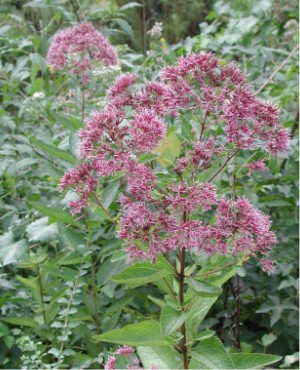Spotlight on Wisconsin Native Plant Gardening
- krayshel
- Aug 24, 2021
- 2 min read
Whether the COVID-19 pandemic has sparked a new interest in horticulture or you've been a die-hard plant enthusiast all along, many of us are spending more time getting our hands dirty in the garden this summer.
One way to increase the diversity of plants and wildlife in our neighborhood—and help edge out those pesky invasive species—is to fill your landscape with plants that are native to Wisconsin.
So what exactly is a native plant?
Native plants are those that naturally grow in our area instead of being brought in from other parts the world. Unfortunately, many plants that are easily accessible in gardening stores are not native to the area and come from places like Japan, Korea, and China. Non-native plants can also come from other parts of the U.S.

Plants that are not native to Wisconsin typically require more maintenance even if the temperature and climate conditions of the plant's origin are similar to Wisconsin's. For example, you might find yourself needing to divide and trim non-native plants more often. Non-native plants typically also require more water and fertilizer to flourish.
The benefits of including indigenous plants in your gardens continues. Native plants and shrubs provide a natural habitat and food sources to local insects and wildlife, and facilitate rainwater absorption. Gardens with a majority of diverse, native plants also tend to be less prone to weeds.
The variety of native plants and their unique characteristics provide myriad options for the home gardener. For example, very tall plants such as the Cup plant and Joe-Pye weeds can be used as a back layer to soften the look of a fence or provide a backdrop for lower growing native plants and shrubs in the front of a landscape.
Pennsylvania Sedge (Carex pensylvanica), which (despite the slightly misleading name) is native to most parts of the U.S. and Canada, is an up-and-coming low-maintenance alternative to traditional grass lawns. Unlike typical grass varieties, Penn Sedge stops growing at a certain height, which means it requires almost no mowing.◼
Laura Gessert is a contributing writer for The Grapevine. She also helps run Gessert Books, which specializes in self-published and university press books. For more information, check out http://www.gessertbooks.com/.







Comments